A Landowner’s Guide to Public Rights of Way - Roles and Responsibilities
In this section
- 1. Introduction
- 2. Landowners’ Principal Responsibilities
- 3. Who is responsible for Stiles and Gates on Public Rights of Way?
- 4. Who is responsible for Bridges on Public Rights of Way?
- 5. What fencing is permitted near a Public Right of Way?
- 6. How Wide is a Public Right of Way?
- 7. Who should maintain the surface of a Public Right of Way?
- 8. Who should maintain hedgerows?
- 9. Can I plough and grow crops across a Public Rights of Way?
- 10. Can I change the Route of a Public Right of Way?
- 11. Can I remove a Public Right of Way from my land?
- 12. Can I challenge the accuracy of the Definitive Map and Statement?
- 13. Can I protect my land from the addition of more Public Rights of Way?
- 14. Contact Us
2. Landowners’ Principal Responsibilities
Landowners can expect that visitors on their land will treat it with respect and follow the Countryside Code.
There are expectations on the landowner as well.
If you have a Public Right of Way crossing your land, as an owner or tenant you have a legal duty to ensure that they are accessible to the public. This means:
- free from obstruction such as locked gates, hedges, electric fencing, overhanging trees, crops (other than grass) or intimidating behaviour that prevent the public from gaining access to public rights of way
- free from misleading or intimidating signs that might deter the public
- well managed path furniture such as stiles and gates that are appropriate for the type of PROW, easy and safe to use, and properly maintained.
- no dairy bulls over ten months of age kept on land crossed by a PRoW (recognised dairy breeds include: Aryshire, Jersey, Dairy Shorthorn, Kerry, British Friesian, British Holstein, and Guernsey) *
- lawful bull breeds only kept on land crossed by a PRoW if accompanied by cows or heifers*
- free from any dangerous or aggressive animals that might deter the public and/or pose a danger.
Clearly waymarked, well-maintained PRoWs will prevent the public from getting lost, ensuring they keep to the correct route and away from areas not managed for public access.
*HSE Guidance in respect of the safe management of livestock and public access can be found here Cattle and public access in England and Wales.
